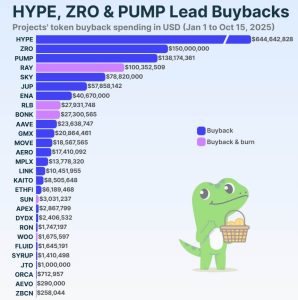The US government regularly sells on the crypto that it seizes through several government agencies. Over the years it has seized and auctioned off 185,000 bitcoin alone. However, these were sold at prices much less than the present day bitcoin value.
The sheer amount of cryptocurrencies seized has now turned its stockpiling and auctioning into a full time job. A job that has become the role of the US Marshals Service.
It was announced that at the end of last July, after a year-long search, the US Marshals Service had engaged Anchorage Digital to custody all the cryptocurrency that it seized, as well as provide liquidation services.
It does take some time for the various cryptocurrencies to come up for auction.
The next big sell off will be $56 million in crypto, which was confiscated after the BitConnect fiasco. This was even to this day the biggest scam in the history of crypto, reaching its height in December 2017. According to an article on CNBC, the proceeds from this sale will go towards reimbursing the victims of BitConnect.
The article cites Jed Welle, who is a former federal cybercrime prosecutor. He gives his view that the government is a fair way behind the criminals, technologically speaking, that it is trying to bring to justice.
“The government is usually more than a few steps behind the criminals when it comes to innovation and technology. This is not the kind of thing that would show up in your basic training,” Welle said. But he predicts that in three to five years, “there will be manuals edited and updated with, this is how you approach crypto tracing, this is how you approach crypto seizure.”
So even though the US Marshals Service has brought in the custody expert in Anchorage Digital, it is still struggling to bring its targets to prosecution.
To add to this, the crypto that has been seized has so far not been sold to time the market. One valid reason given is that the agency does not wish to affect the market price by auctioning too much crypto at once.
Once the crypto has been liquidated into cash, it either goes to the Treasury Forfeiture Fund, or the Department of Justice Assets Forfeiture Fund. Agencies involved in the prosecution process can then put in requests to access the money if they need it to fund various parts of their operations.
Disclaimer: This article is provided for informational purposes only. It is not offered or intended to be used as legal, tax, investment, financial, or other advice.






















